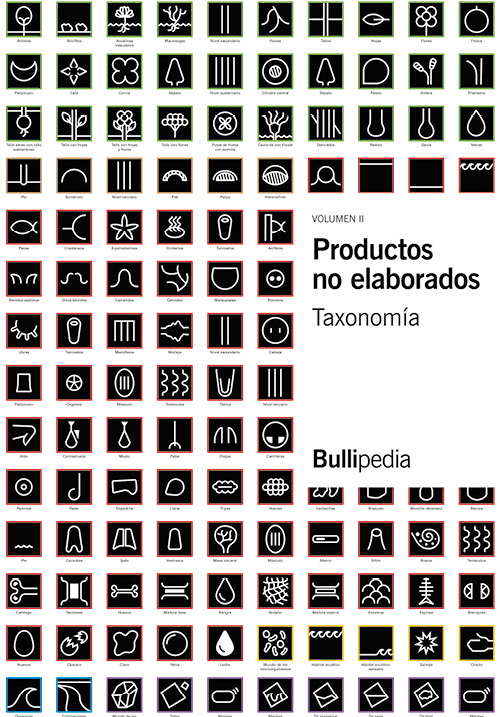
CHAPTER 1
Why exactly do we eat the products that we eat?
Human nutrition has been addressed as the subject of study and interest in numerous publications. The variation in the diet of the first hominids and its subsequent evolution – new ways of consuming food emerged following the incorporation of new energy sources – has been a contributory factor in human development. Consequently, we can say that the original function of products during millions of years has been their use as a nutritional support and “foodstuff” for the human species. However, our intention here is to confer a new function to products, understanding how they can be a resource for the fine dining gastronomic restaurant sector, and giving them a different interpretation without abandoning this original context.
The choice of the products that define our food preferences and diet, and the uses to which they are put, is conditioned not only by factors of a biological, socio-cultural and hedonic nature, but also by the composition of the product itself.
Navigating a sea of uncertainty in search of answers
What is the difference between a plant and a herb? Is rice a cereal or a seed? Are all cereals seeds? What is a fresh product? And what is a raw one?
These are just a few examples of the kind of questions we will try to answer. They are considerations that are often taken for granted and that, when viewed in a neutral way, permit us to find evidence that demonstrates the lack of real knowledge about them. Understanding the phenomenon of unelaborated products in a holistic way implies going beyond the scope of the most immediate requirements and placing all issues on an equal footing. From this perspective, in order to find and use a substitute for a product, it can be as useful to know its essence as to analyse the naming systems or to know the role it plays in the functioning of the restaurant.
Definition of unelaborated products
Once we have examined our field of study and identified some of the unique qualities, we will determine the “fundamentals”, the essential characteristics that define what an unelaborated product is.
To this end, we propose a set of basic rules to help us determine the exact conditions that must be met in order to qualify as an unelaborated product. We also explore the margins; the border that delimits and separates “unelaborated products” from “elaborated products”.
Language and the ability to communicate
The study of unelaborated products is not without its linguistic controversies, and it is therefore essential to question our assumptions in this area and with regard to communication in general.
The diversity of language and the disparate terminology used in distinct sectors are amongst the issues that must be addressed when we undertake a detailed analysis of the role of unelaborated products in the gastronomic restaurant sector.
It is important to point out that, at present, there is still no generally accepted culinary terminology that forms part of the collective thinking. This situation is replicated among culinary professionals even when they share knowledge of a common language.
The naming system for products
In this section we will address the advantages of standardised systems of terminology based on the analysis of the so-called “binomial nomenclature” of living organisms. This is a mechanism developed and employed in the scientific field that permits the precise cataloguing of different elements and permits everyone to “speak the same language”; thus favouring effective and detailed communication.
How to designate products? Gastronomic terminology
Deciphering and comparing the terminology used in gastronomy enables us to recognise the limitations that it presents, compared to scientific nomenclature. Our use of colloquial terminology indicates a great lack of rigour.















